The tilting top with diamond patterns, resting on arched legs.
The latter decorated with amaranth fillet and sabots.
Stamp of Gilles Joubert.
Louis XV period
H: 74 cm, W: 89 cm, D: 44 cm
He notably delivered in 1768, for the Petit Trianon in Versailles, a very similar table although slightly smaller in size
Gille
Joubert's brilliant career, succeeding Oeben and preceding Riesener in the very important position of cabinetmaker to the King.
The exact date of his mastery is unknown, probably between 1715 and 1720, during the height of the Regency era.
It is quite possible that the cabinetmaker Pierre Migeon, his wife's cousin and highly esteemed by Madame de Pompadour, recommended him to the King, for whom he began working in 1748.
He became ordinary cabinetmaker of the Garde-meuble de la Couronne ten years later, succeeding Jean François Oeben, and remained so from 1763 to 1774. He was later replaced in his duties by Riesener.
Initially occasional, the orders from the Crown became more and more numerous, and Joubert's reputation grew day by day. In 1755, he was chosen to make two sumptuous corner cabinets to accompany the magnificent medallion that Antoine Goudraux delivered in 1739 to the King's cabinet at Versailles.
He made special tables used to play quadrille, piquet, comète, brelan, and hombre. These pieces are thus described in the Journal du Garde-meuble.
From 1758, the master became "ordinary cabinetmaker of the Garde-meuble de la Couronne" of which he had until then only been an occasional supplier, and at the beginning of 1763, Gilles Joubert obtained the title of cabinetmaker to the King, to which he could soon add that of dean of his corporation.
As orders for the Royal Houses did not dry up, Joubert was then obliged to subcontract. This is why, a good number of works delivered by him, always according to the Journal du Garde-Meuble, do not bear his stamp but those of his colleagues who worked under his direction.
Joubert is a pure representative of the Louis XV style, but he knows how to evolve with his time. We find pieces of Transition style with neoclassical decorations. However, he expresses himself more difficultly in the Louis XVI style. Joubert signed only a tiny part of his creations. Since the use of the stamp was not yet made obligatory for most of his professional life, and since he was exempted from it afterward, as cabinetmaker to the King, it is very difficult to reconstruct Joubert's fruitful and brilliant career.
Only the journal of the Garde-Meuble preserved in the National Archives allows us to know the importance of his work. He was already at an advanced age when the use of marks became widespread in his community and he showed little eagerness to comply with the rule that made them obligatory. He retired from business at the age of 85 shortly before his death in 1775.
MUSEUMS:
Corner cabinets, Commode - Château de Versailles
Commode - J. Paul Getty Museum







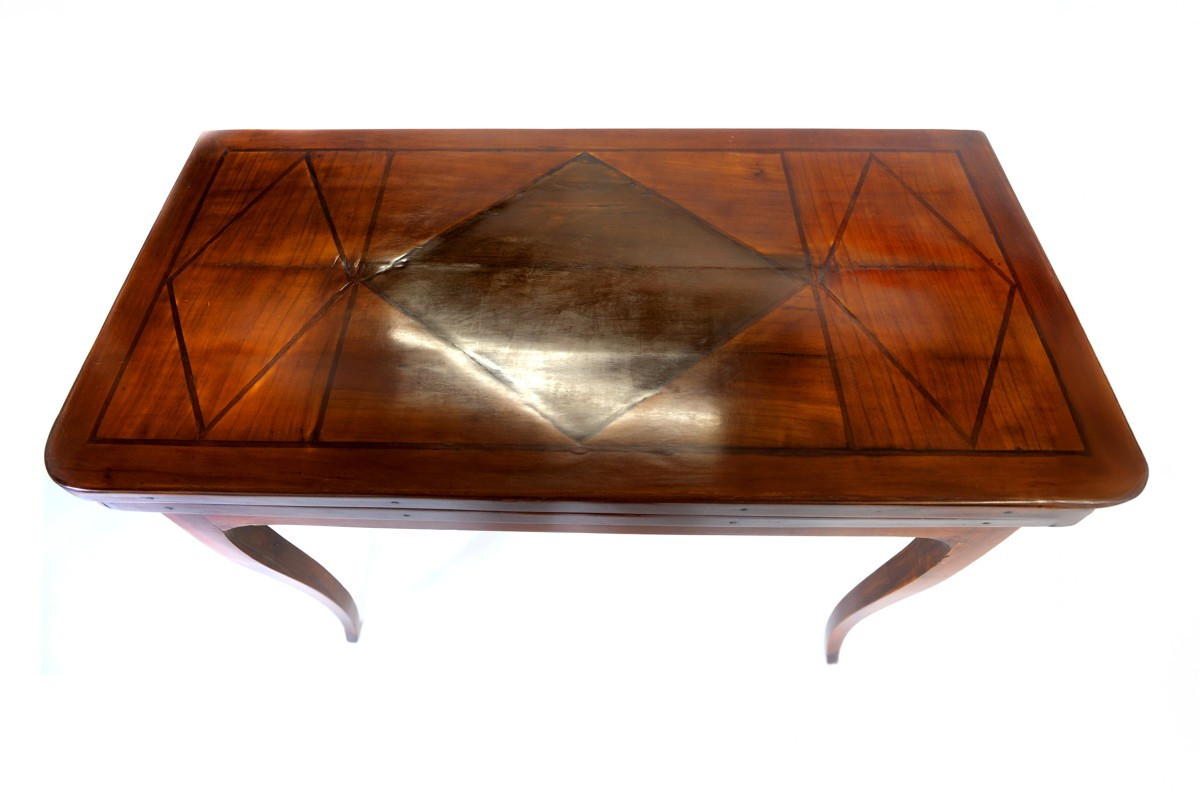













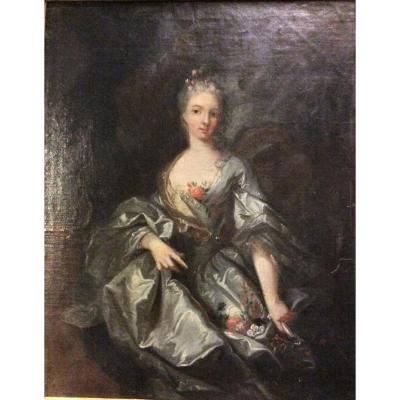



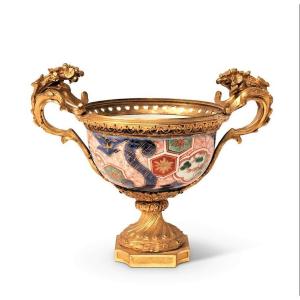


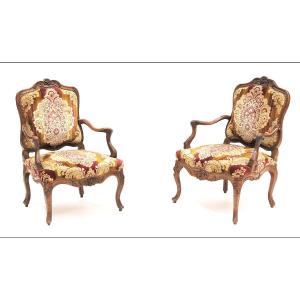





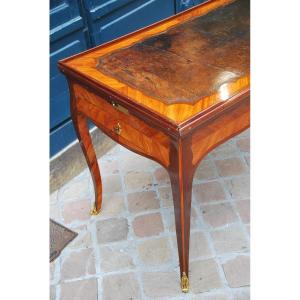





 Le Magazine de PROANTIC
Le Magazine de PROANTIC TRÉSORS Magazine
TRÉSORS Magazine Rivista Artiquariato
Rivista Artiquariato